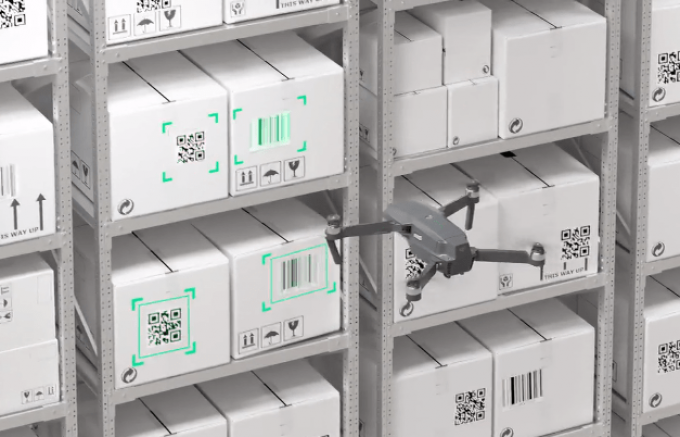Century-old red tape keeping UK supply chain uptake of solar power in the shadows
Adding solar panels to warehouses could have knock-on effects, helping the entire supply chain push ...

During TIACA’s Innovation days in Silicon Valley last month, organised by Matchlabn, senior delegates from across the air cargo industry met a wide variety of start-ups. The Loadstar is publishing a series of short articles looking at new technologies potentially suitable for the industry.
Start-up: Gather ...

Comment on this article